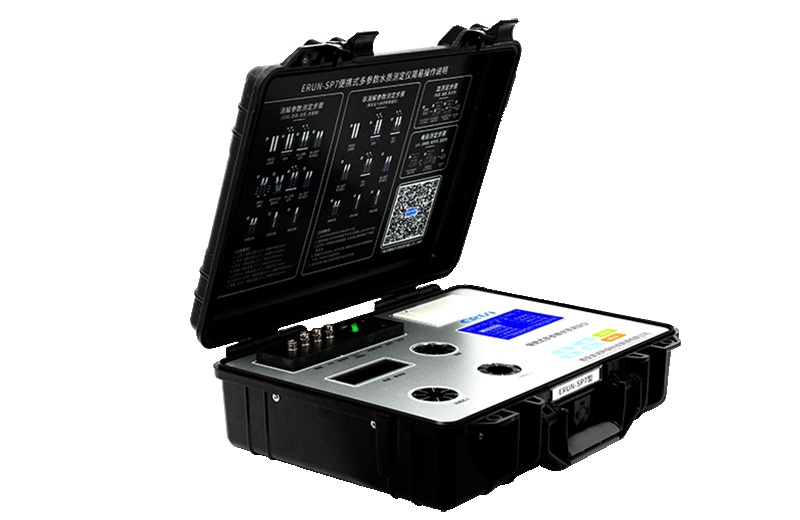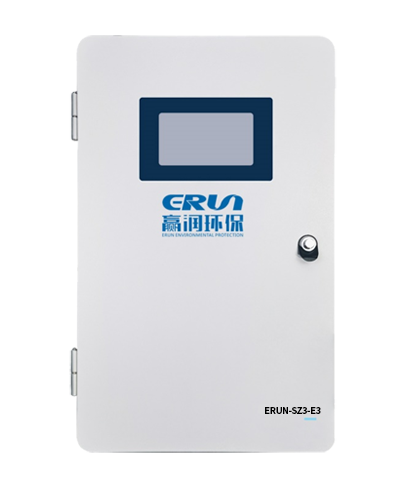Silica Testing: Two Categories Under Chinese Standards
According to GB/T 12149-2017 ("Determination of Silica in Industrial Circulating Cooling Water and Boiler Water"), silica testing is divided into trace (μg/L level) and bulk (mg/L level) measurements, each serving distinct industrial and environmental purposes. Trace testing ensures ultra-pure water quality, while bulk testing monitors general industrial and municipal water systems.

| Water Type | National Limit | Testing Reason | Risk Alert |
|---|---|---|---|
| Power Plant Boiler Water | ≤100 μg/L | Prevent scale buildup | 30% higher boiler downtime with超标 (Source: China Electric Power Journal, 2023) |
| Semiconductor Ultrapure Water | ≤10 μg/L | Avoid chip contamination | 15% yield loss due to silica impurities |
| Pharmaceutical Injection Water | ≤10 μg/L | Ensure drug safety | Impurities affect stability and efficacy |
| Electronics Cleaning Water | ≤5 μg/L | Maintain component integrity | Residues damage precision devices |
Source: GB/T 12149-2017
| Water Type | National Limit | Testing Reason | Real-World Use |
|---|---|---|---|
| Industrial Wastewater | ≤5 mg/L | Assess treatment efficiency | Chemical/metallurgical discharge monitoring |
| Surface Water | ≤5 mg/L | Evaluate natural ecosystems | River/lake environmental studies |
| Municipal Tap Water | ≤0.5 mg/L | Protect public health | Water plant compliance checks |
| Treated Wastewater | ≤1 mg/L | Meet discharge standards | Sewage plant regulatory reporting |
Source: CJ/T 201-2005 (Urban Water Quality Standards)

Boiler water silica levels must stay below 100 μg/L. Exceeding this causes silica deposition in steam condensers, reducing thermal efficiency and increasing equipment failure rates. The ERUN-ST3-D2 Trace Silica Analyzer (0.0–200.0 μg/L, ±2.0% F.S.) features background compensation to minimize errors, aligning with GB/T 12149-2017.
Real-World Case: A 500MW power plant reduced boiler silica超标 incidents by 90% after adopting ERUN-ST3-D2, saving $15,000 annually in maintenance costs.
Chemical plants test bulk silica (0.01–5.00 mg/L) for wastewater compliance, while semiconductor factories require trace-level monitoring (≤10 μg/L) for ultrapure water.
ERUN-SP7-D2 Portable Silica Analyzer: Ideal for field testing in chemical plants (0.01–5.00 mg/L), compact (4kg), USB data transfer.
ERUN-ST3-D2: Semiconductor-grade ultrapure water monitoring (≤10 μg/L), 10x stricter than power plant standards (GB/T 12149-2017 Section 4.2).
Water utilities and sewage plants need real-time silica data to prevent contamination.
ERUN-SZ3-D2 Online Silica Monitor (0–100 µg/L or 0–2000 µg/L) offers self-cleaning technology and a 7-inch touchscreen. After installation in a municipal plant, abnormal response time dropped from 4 hours to 30 minutes, achieving 98.5% compliance.
Technical Edge: Dual-optical path design resists light source drift, meeting GB/T 30383-2013 ("Hygiene Standards for Secondary Water Supply Facilities").

Precision vs. Range Requirements
Boiler/ultrapure water → Trace (μg/L) with ERUN-ST3-D2
Wastewater/natural water → Bulk (mg/L) with ERUN-SP7-D2
Use Case Determines Device Type
Lab analysis → Benchtop (ERUN-ST3-D2)
Field testing → Portable (ERUN-SP7-D2)
Continuous monitoring → Online (ERUN-SZ3-D2)
Data Management & Compliance
ERUN-ST3-D2 stores data for 10+ years post-power loss
ERUN-SZ3-D2 supports 4–20mA output for smart water platforms
GB/T 12149-2017 Section 5.2 mandates sample pretreatment before silica testing. When choosing analyzers, prioritize:
Measurement range covering actual water quality levels
Accuracy meeting national limits
Auto-calibration and data management features
Pro Tip: Power plants must follow GB/T 12149-2017 methods to avoid misjudgment.

Silica monitoring is critical for industrial safety, cost efficiency, and regulatory compliance. By distinguishing trace and bulk testing per national standards, industries can ensure accurate, actionable results.